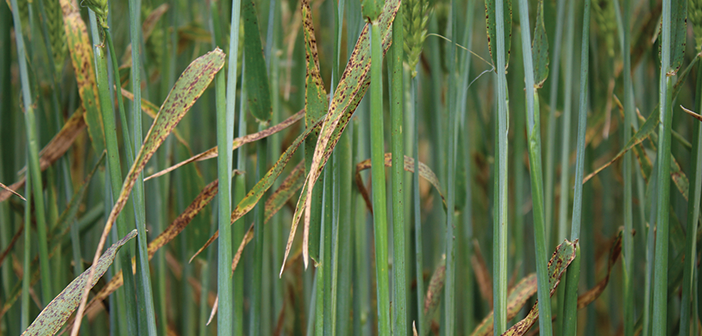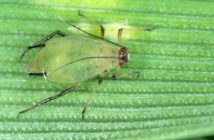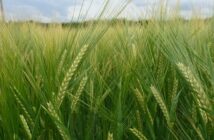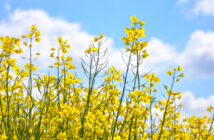Growers are being advised to check spring barley for ramularia after the stressful dry start to the season.
According to Syngenta’s Jason Tatnell, 2025 started kinder than 2024 in terms of spring barley drillings – with early-drilled crops going into well-prepared, moist seedbeds and showing promising yield potential. But looking ahead, he says there could be a significant risk from ramularia.
“We know that ramularia starts to show itself in infected plants when crops are subjected to stress factors,” he explains. “We’ve already had several of these – including strong sunlight, lack of rain, and potentially reduced uptake of nutrients.
“The arrival of rainfall, while welcome for crop potential, adds a further stress factor – due to sudden nitrogen uptake from the newly-wet soil and a spurt of growth that the crop isn’t prepared for. This could further exacerbate ramularia problems. And rain will also increase later-season threats from other diseases, such as rhynchosporium and net blotch,” he adds.
Because late-season diseases, including ramularia, affect grain-filling, not only reducing yields but also increasing screenings or small grains, which is important to remember if targeting markets where grain quality is important, Jason notes.
“With limited fungicide options available against ramularia, it’s important to choose treatments carefully,” he says. “As well as excellent activity on rhynchosporium and net blotch, the twin-pack fungicide of Miravis Plus + Era has repeatedly been shown to be extremely strong against the disease, boosting yield and reducing screenings.
“On the other hand, if dry conditions return or remain, we know that Miravis Era has shown a strong physiological benefit on the crop – reducing water usage per unit of growth, allowing it to use scarce water resources better, and helping to develop yield by keeping leaves green for longer.”




